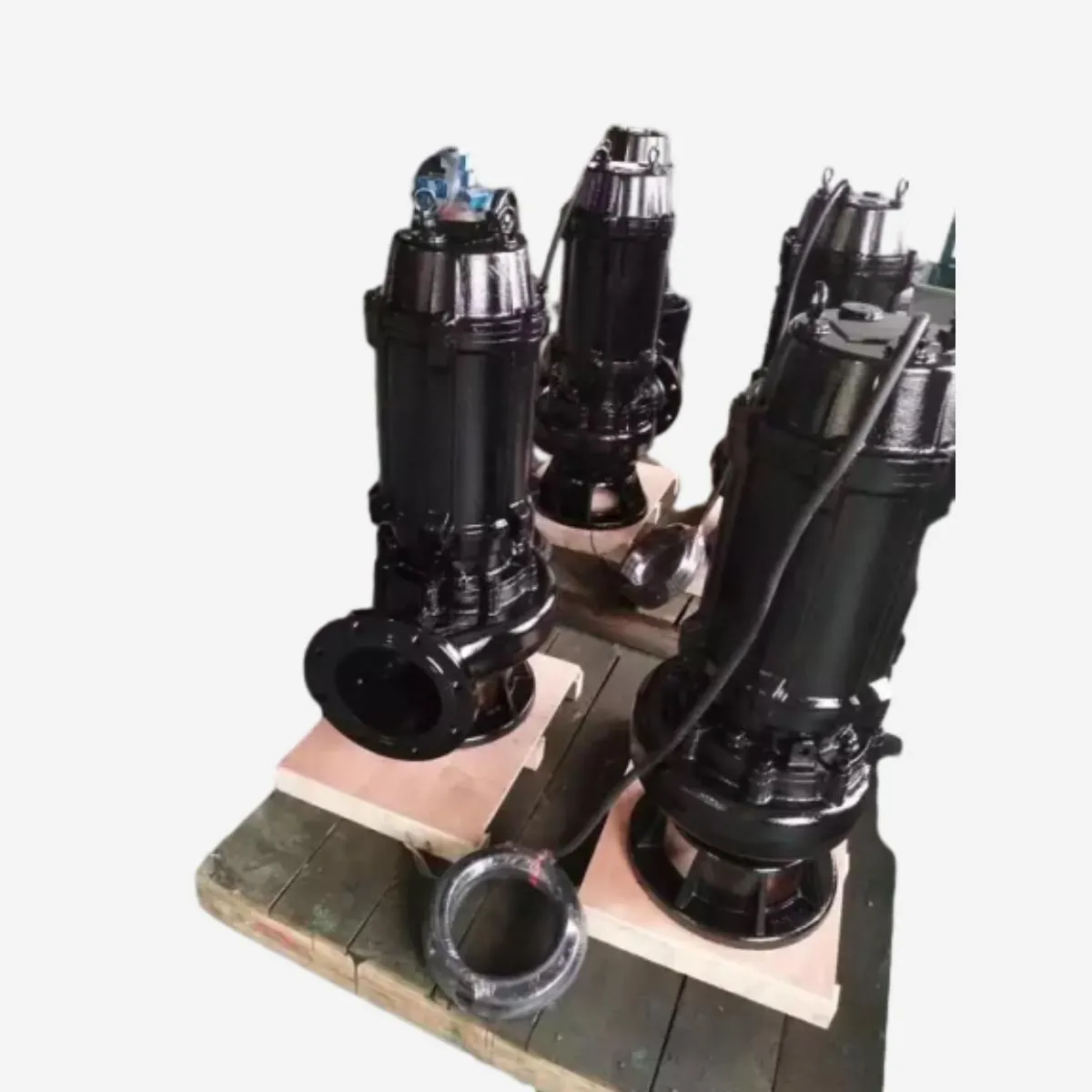English
- Afrikaans
- Albanian
- Amharic
- Arabic
- Armenian
- Azerbaijani
- Basque
- Belarusian
- Bengali
- Bosnian
- Bulgarian
- Catalan
- Cebuano
- Corsican
- Croatian
- Czech
- Danish
- Dutch
- English
- Esperanto
- Estonian
- Finnish
- French
- Frisian
- Galician
- Georgian
- German
- Greek
- Gujarati
- Haitian Creole
- hausa
- hawaiian
- Hebrew
- Hindi
- Miao
- Hungarian
- Icelandic
- igbo
- Indonesian
- irish
- Italian
- Japanese
- Javanese
- Kannada
- kazakh
- Khmer
- Rwandese
- Korean
- Kurdish
- Kyrgyz
- Lao
- Latin
- Latvian
- Lithuanian
- Luxembourgish
- Macedonian
- Malgashi
- Malay
- Malayalam
- Maltese
- Maori
- Marathi
- Mongolian
- Myanmar
- Nepali
- Norwegian
- Norwegian
- Occitan
- Pashto
- Persian
- Polish
- Portuguese
- Punjabi
- Romanian
- Russian
- Samoan
- Scottish Gaelic
- Serbian
- Sesotho
- Shona
- Sindhi
- Sinhala
- Slovak
- Slovenian
- Somali
- Spanish
- Sundanese
- Swahili
- Swedish
- Tagalog
- Tajik
- Tamil
- Tatar
- Telugu
- Thai
- Turkish
- Turkmen
- Ukrainian
- Urdu
- Uighur
- Uzbek
- Vietnamese
- Welsh
- Bantu
- Yiddish
- Yoruba
- Zulu
Telephone: +86 13120555503
Email: frank@cypump.com
Dec . 03, 2024 17:57 Back to list
sewage submersible pumps
Sewage Submersible Pumps An Essential Component for Wastewater Management
Sewage submersible pumps play a critical role in the effective management of wastewater in residential, commercial, and industrial settings. These pumps are specially designed to operate while submerged in sewage or wastewater, making them a vital component in various applications such as sewage treatment plants, drainage systems, and stormwater management.
Understanding Sewage Submersible Pumps
Sewage submersible pumps are engineered to handle the difficult task of transporting wastewater, which often contains solids, debris, and various contaminants. Unlike standard pumps, submersible pumps are submerged in the liquid they are pumping, using an electric motor and an impeller to move the liquid to the surface. This design allows for efficient handling of sewage, which is usually too viscous and solid-laden for conventional pumps to manage effectively.
These pumps are often constructed with corrosion-resistant materials such as stainless steel or thermoplastic to withstand harsh environments. The high durability of these materials ensures that the pumps can function in the challenging conditions often present in sewage applications.
Applications of Sewage Submersible Pumps
Sewage submersible pumps are commonly used in a variety of applications
1. Residential Sewage Systems In homes situated below the main sewer line, submersible pumps are essential for lifting wastewater to a higher elevation for proper drainage. These systems are often equipped with float switches to automatically activate the pump when the wastewater reaches a certain level.
2. Municipal Wastewater Treatment Plants In municipal settings, these pumps are used to collect and transport wastewater from the sewer system to treatment facilities. Their ability to handle large volumes of sewage efficiently is crucial for maintaining the integrity of the municipal wastewater infrastructure.
3. Industrial Applications Many industries produce wastewater that must be treated before disposal. Submersible pumps are commonly employed to remove wastewater from production processes or to manage stormwater runoff on industrial sites.
4. Flood Control and Drainage Stations In areas prone to flooding, submersible pumps help mitigate water accumulation by pumping excess water away from critical infrastructure. Their compact design allows for easy installation in narrow or hard-to-reach areas.
sewage submersible pumps

Advantages of Sewage Submersible Pumps
The use of sewage submersible pumps offers several advantages
- Efficiency Submersible pumps are designed to handle a wide range of flow rates and can efficiently move large volumes of wastewater.
- Space-Saving Design Their compact size allows for installation in restricted spaces, making them ideal for both residential and commercial applications.
- Reduced Noise Levels Operating underwater significantly reduces noise pollution, which is particularly beneficial in residential areas where pumps might be located near living spaces.
- Automatic Operation Many submersible pumps come equipped with advanced controls, allowing for automatic operation based on the water levels. This feature ensures consistent performance without the need for constant monitoring.
Maintenance Considerations
While sewage submersible pumps are robust and designed for longevity, regular maintenance is crucial to ensure optimal performance. Common maintenance tasks include checking for clogs, ensuring the electric motor is functioning properly, and inspecting the seals for wear and tear. Additionally, routine cleaning of the pump will prevent buildup that can lead to reduced efficiency or pump failure.
Conclusion
In summary, sewage submersible pumps are indispensable tools in modern wastewater management. Their ability to effectively transport sewage, coupled with their space-efficient design and low operational noise, makes them ideal for a wide range of applications across various sectors. As urban populations continue to grow and industrial processes expand, the reliance on such pumps will only increase, highlighting the importance of proper installation, maintenance, and technology advancements to ensure their efficacy in protecting public health and the environment.
-
ISG Series Vertical Pipeline Pump - Chi Yuan Pumps Co., LTD.|High Efficiency, Energy Saving, Low Noise
NewsJul.30,2025
-
ISG Series Vertical Pipeline Pump- Chi Yuan Pumps|High Efficiency&Low Noise
NewsJul.30,2025
-
ISG Series Vertical Pipeline Pump-Chi Yuan Pumps Co., LTD.|High Efficiency&Energy Conservation
NewsJul.30,2025
-
ISG Series Vertical Pipeline Pump - Chi Yuan Pumps Co., LTD.|Advanced Hydraulic Design&Energy-Efficient Solutions
NewsJul.30,2025
-
ISG Series Vertical Pipeline Pump - Chi Yuan Pumps Co., LTD.
NewsJul.30,2025
-
ISG Series Vertical Pipeline Pump - Chi Yuan Pumps Co., LTD.|energy-efficient fluid handling&industrial durability
NewsJul.30,2025










